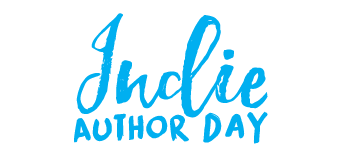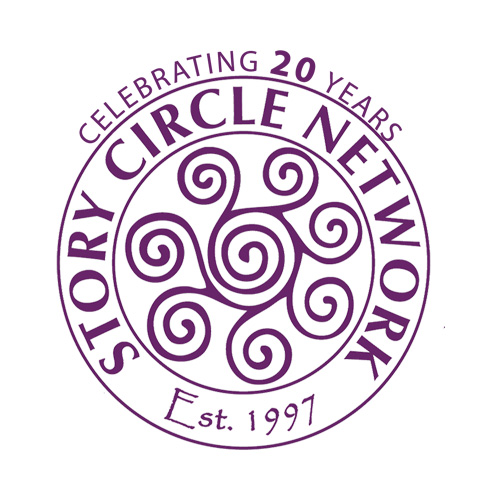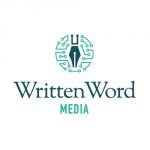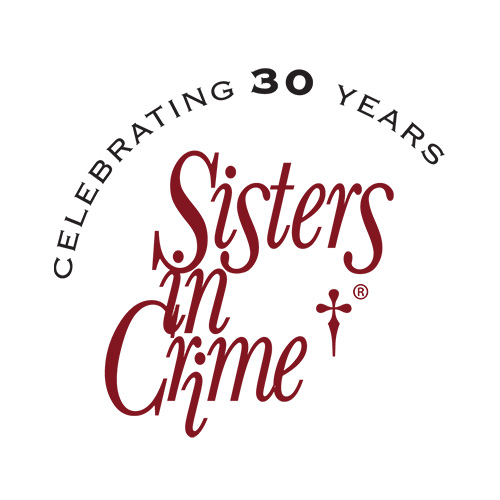Guest Post: Story Circle Network
Becoming an Author-Publisher: One Writer’s Journey
There’s no such thing as a “typical” indie author. We’re all over the map, from writers debuting their first work in this brave new world to authors who have done several laps around the track and have witnessed American publishing as it evolves into a whole new animal.
I’m in that second bunch. I did my apprenticeship as a pseudonymous writer of young adult fiction in the 1980s (yes: including Nancy Drew and the Hardy Boys). In the early 1990s (before the Internet), I got lucky with a mystery series (now in its 25th book) for Berkley Prime Crime, and stayed lucky, adding three more long-running series to that string. Sales were strong enough to earn the tag “New York Times Bestselling Author” for my book covers.
Which is why my agent and I were jolted in 2012 when my standalone historical/biographical novel, A Wilder Rose, was rejected—by 32 publishers. I had been so sure that an editor would jump on the true story of the mother-daughter collaboration that produced the ever-popular Little House books. I had lived with the book in my head for over a decade, and I believed in the story—believed in it passionately. Never mind that publishing was still in the tank after the 2008 economic meltdown. The rejections made me angry. They hurt. Like hell.
But in 2012, publishing technology was beginning to offer new options.
I stopped cursing and published A Wilder Rose as print-on-demand hardcover and trade paper editions via Lightning Source (but under my own single-author imprint), and on Amazon and Barnes and Noble in ebook and print. After the book sold 20,000 copies, another publisher picked up the reprint rights. To date, A Wilder Rose has sold over 60,000 copies and is currently under film option.
Bottom line #1
Door’s locked? Climb in through a window. Or chop a hole in the wall.
Something similar happened in 2016 with my second standalone, Loving Eleanor (the true story of the friendship of Eleanor Roosevelt and Lorena Hickok). I submitted to 20 publishers and received 19 rejections and an unappealing offer. I dithered over the offer for a while, and then published the book myself, marketing it primarily through social media. It has won eight awards, including Library Journal’s Indie E-Book Award for romance, and has sold over 25,000 copies.
Bottom line #2
Don’t be seduced into handing your work to a publisher who pays an advance but won’t do anything more for you than you can do for yourself.
For the third standalone, The General’s Women (Ike’s WW2 romance with his British driver), I didn’t do submissions. I published it myself in February 2017. In August alone (with a boost from marketing powerhouse BookBub) it sold over 3500 digital copies.
Bottom line #3
You’ve got a story? Do your homework, consider your goals, weigh your options, and go for it.
For the past five years, I’ve been a hybrid author, with a foot in both the traditional and indie worlds. But soon I’ll be indie-only. Those mysteries that have been published by Berkley? I’m moving the series to my own imprint, with new series titles appearing in 2018. There will be more standalone novels, too—as I find stories that need to be told, stories that I feel passionate about telling and publishing.
As an author-publisher, the work is always interesting, exciting, instructive—and a continuing challenge. My agent and I have evolved into a flexible team that (depending on the project) includes three or four freelancers—copyeditor, designer/formatter, cover artist, publicist. With the mysteries, we’re moving from POD to larger-scale print distribution via Greenleaf Book Group, where I expect to finally get my indie titles into Overdrive. (Librarians, heads up.) But if that doesn’t work out, there will be other options. The publishing landscape keeps changing, and every new project teaches me something new about the business.
Bottom line #4
Publishers are not the only game in town—and very often, not even the right game.
If you’re a writer with a strong story to tell and the skills to tell it effectively, you may do better as an author-publisher. If you’re a writer who has been with a traditional publisher, you have a brand to build on. Yes, there are upfront costs and a steep learning curve. Yes, you’ll be doing your own marketing (although publishers now expect you to do that). And yes, you’ll be taking a chance.
But you are investing in yourself, you’re taking control of your publishing future, and you will own 100% of the outcomes. What are you waiting for?
The author of over 100 books, Susan has been a full-time writer since she left her academic career in 1985. As the founder and president of Story Circle Network, she is passionate in her support of women with stories to tell and a firm believer in the potential of author-publishing.




Leave a Reply
Want to join the discussion?Feel free to contribute!